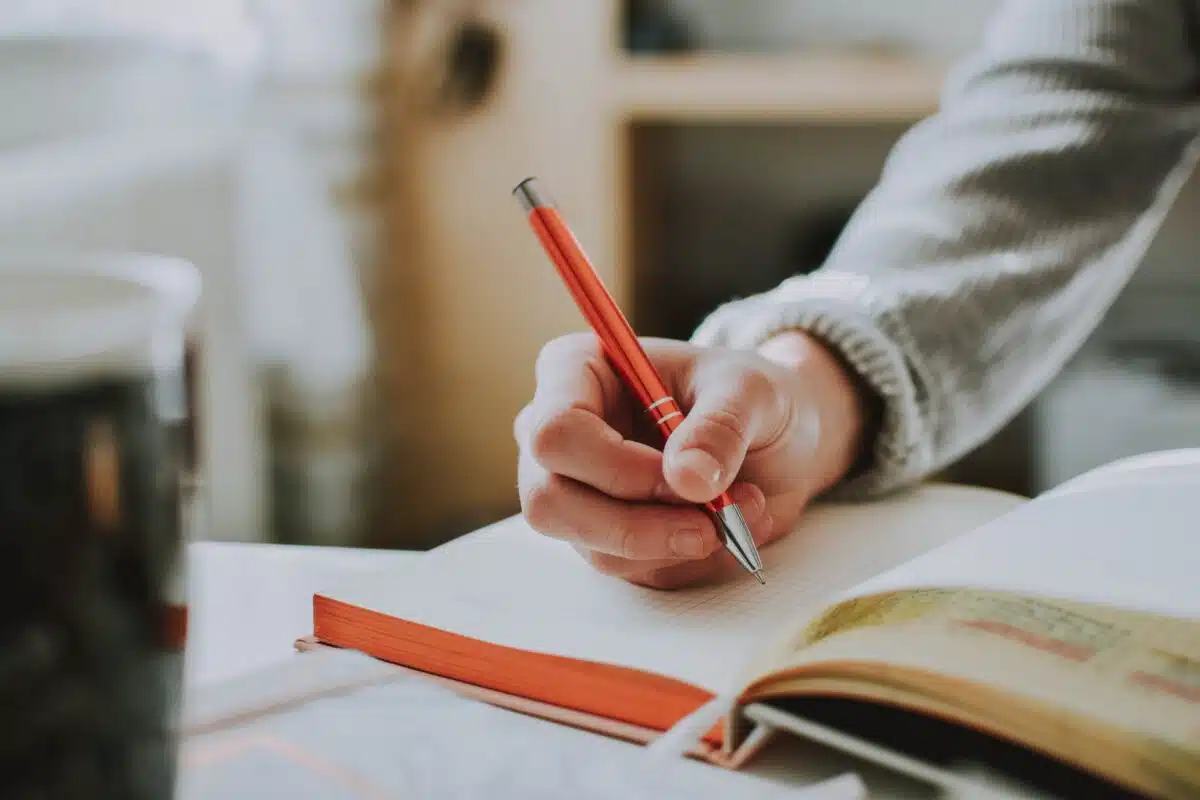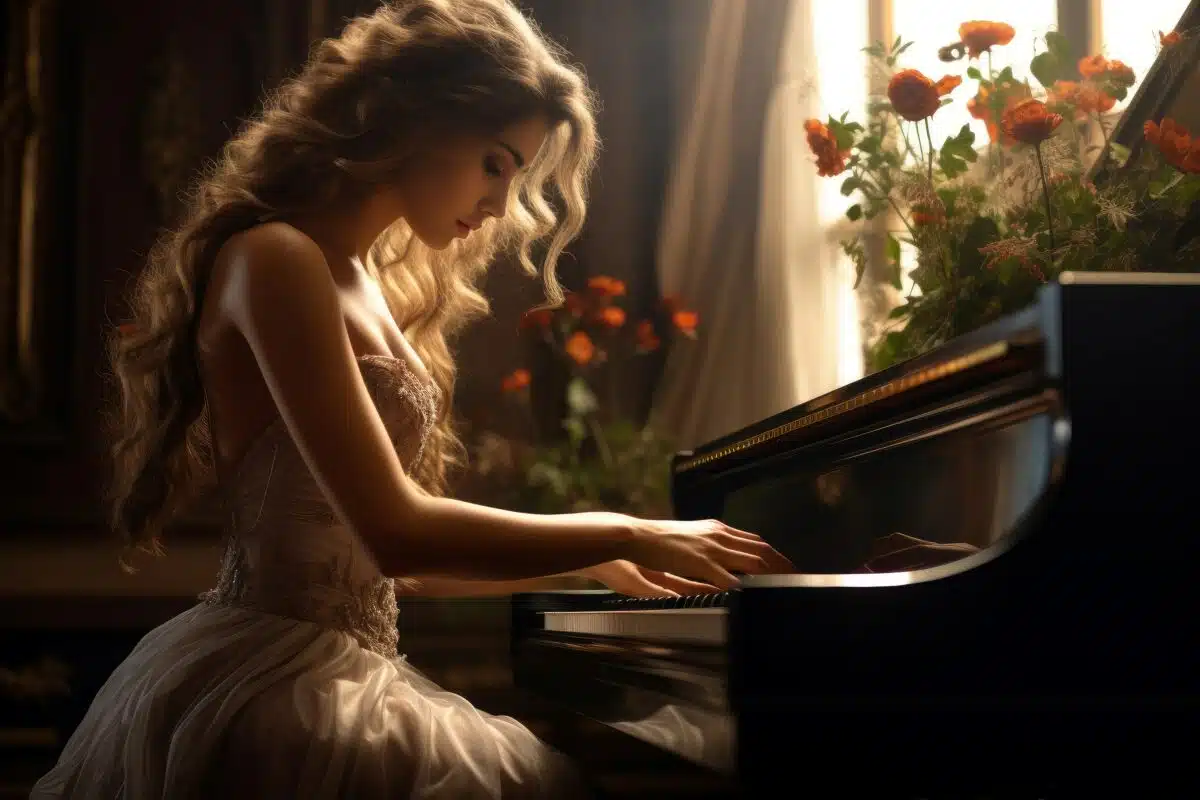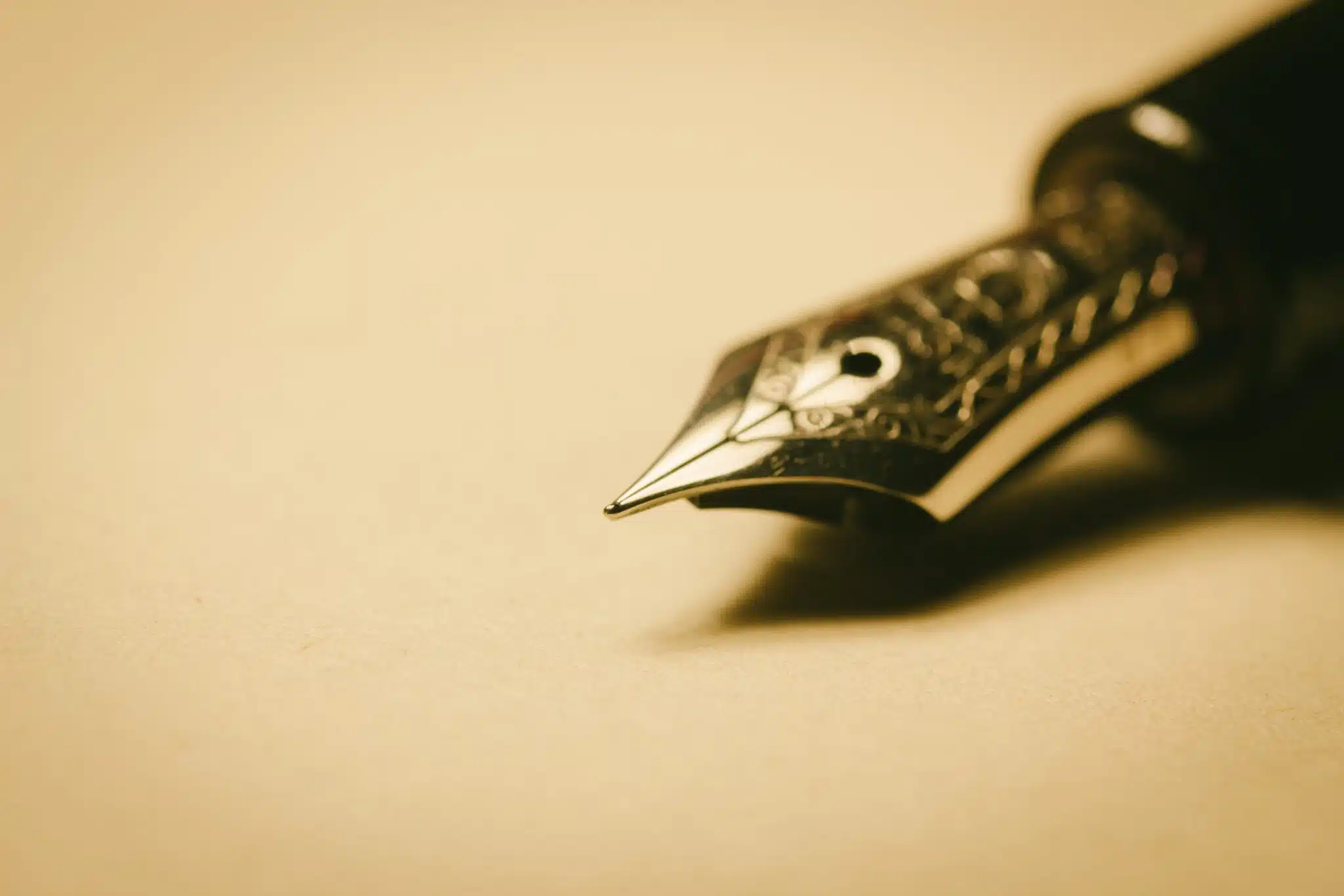Here’s what the McWhirtle poetry form is:
The McWhirtle is a variation of the double dactyl created by Bruce Newling in 1989, in an attempt to create a more flexible version of the form that opens itself up to a wider interpretation.
It still maintains dactylic dimeter with rhymed choriambs, mostly, but the resulting poem can be wildly different.
So if you want to learn all about the McWhirtle poetry type, then you’ve come to the right place.
Let’s get straight to it!
- Confessional Poetry Form: Speak Heart’s Truth
- Slam Poetry Form: Speak Bold Beats
- Trenta-Sei Poetry Form: Light Up Emotional Tales
- Vocabularycleft Poetry Form: Be a Jumble Genius
- Terzanelle Poetry Form: Spin Hopes in Notes
- Mistress Bradstreet Stanza Poetry Form
- Bop Poetry Form: Untie Knots of Life’s Trials

Forms of Poetry: McWhirtle

The McWhirtle, invented in 1989 by American Bruce Newling, is essentially a double dactyl with some of the more stringent requirements removed.
The idea is to make the form easier to work with so that there’s more room for freedom and potentially additional rhymes and literary devices.
In broader terms, the double dactyl is an eight-line poem divided up into two verses written mostly in dactylic dimeter, but with shorter fourth and eighth lines.
We’ll go into more specifics in the article proper.
Like its predecessor, the McWhirtle is a light verse form.
This means the poem should have a playful or even mischievous nature and is primarily written to be entertaining.
The double dactyl takes this a step further by requiring (not just encouraging) the use of a nonsense phrase at the start of the poem.
This is one of the requirements ignored by the more streamlined McWhirtle.
The first known published description of this form was in How to Be Well-Versed in Poetry, 1990.
The text included some examples.
Basic Properties of McWhirtles

| Rhyme Structure | Yes |
| Meter | Dactylic dimeter with choriambs |
| Origin | 1989 America |
| Popularity | Uncommon; still young as a form |
| Theme | Usually humor or trivial themes |
How Is a McWhirtle Structured?

The McWhirtle is divided up into two verses.
The two verses have an identical structure, though it will not always be identical in practice due to a unique rule of the form that encourages the poet to break meter where it would aid in readability.
The first line consists of an unstressed syllable followed by two dactyls (dactylic dimeter).
For reference, a dactyl is a unit of measurement used in poetry that refers specifically to a three-syllable foot in which only the first syllable is stressed.
A classic example of a dactyl is the word “poetry” itself, since only “po-” is stressed.
We also find some of the key differences between the McWhirtle and the double dactyl on the first few lines.
The first line of the older Double Dactyl form required the writer to include a nonsense phrase, such as the always popular “Higgledy-Piggledy.”
Additionally, the double dactyl demanded that the second line be exactly two words, each a dactyl, and often a person’s name.
The McWhirtle discards these requirements.
The extra unstressed syllable at the beginning of the McWhirtle is also unique to the form, supposedly put there to make the first line of each verse feel more natural.
In practice, it’s not especially noticeable either way.
The next two lines are each written in dactylic dimeter, without the extra unstressed syllable of the first line.
Note that syllables are allowed to shift slightly from the end of one line to the beginning of the next.
This is the “unique rule” alluded to previously, which will sometimes disrupt the expected syllable counts on each line.

The intent behind the extra unstressed syllable and the flexibility of the line lengths is to give the writer more breathing room with which to work.
For comparison, the original double dactyl required each of these three lines to be exactly dactylic dimeter.
The last lines of each verse are choriambs, four-syllable lines in which the center lines are unstressed and the outer lines are stressed, though again it doesn’t always happen that way due to the odd shifting syllables rule.
As a light verse form, McWhirtles are typically themed around trivial or humorous subjects.
It might be a short insight into a character’s personal life or perhaps a cutting joke about a popular politician, but in any case the goal is to amuse rather than to create depth.
In many cases, just the sound of the rhymes and meter is sufficient to say that a McWhirtle has succeeded in its goal.
I should point out that everything listed above concerns the requirements of the McWhirtle in theory.
Perhaps because of the confusion caused by the shifting syllables rule, I’ve noticed that very few of the examples I’ve seen in the wild have actually followed the rules of the form consistently, even when taking flexibility into account.
It seems to me that there are many poets who don’t choose to respect the meter of the original, instead calling any poem that has two quatrains in which the last lines rhyme “a McWhirtle.”
This may be an unavoidable consequence of having a clunky mix of formal and informal qualities, and I won’t be surprised if this particular form eventually dies out entirely as it becomes further disambiguated from its original definition.
Example of a McWhirtle

The Piano Player by Bruce Newling
I read in the papers
That Harry F. Ungar
Performs in a night spot
Near soigne Scotch Plains,
Caressing the keyboard
While affluent yuppies
Are eating and drinking
Their capital gains.
The above poem is the most commonly cited example and is the first of Newling’s own McWhirtles, giving us perhaps the closest glimpse we have of how the form was originally intended to look.
Note that McWhirtles tend to get off to a much more nuanced start than double dactyls, thanks to starting with real words and thus jumping right into the meat of the poem.
Despite the McWhirtle being its own unique form independent of the double dactyl, Newling does choose in this example to maintain the tradition of having a name in the second line, though the line is notably not two words, as would normally be required.
The only rhyme in this particular example is between “Plains” on line 4 and “gains” on line 8, but I’ve seen many examples where most or even all of the lines in a McWhirtle are involved in the rhyme scheme, as there’s no rule against including more rhymes where appropriate.
As you’d expect, the theme isn’t some far-reaching moral dilemma or fancy series of revelations but is instead just a seemingly pointless moment in some random night club, complete with a slight turn towards humor in the second verse.
This triviality is a signature quality of the double dactyl family of forms.
Tips for Writing a McWhirtle

I would advise the passionate poet to go look for more of Newling’s own work, as well as the early publications of the form such as Word Watch: The Stories Behind the Words of Our Lives (1995) and the aforementioned How to Be Well-Versed in Poetry (1990).
Later examples of McWhirtles, such as those you’d find on popular websites, are more prone to taking artistic liberties with the form.
While there’s certainly nothing wrong with that, the general rule of thumb when writing is to know the rules first and then decide how and when to break them after you master them.
Note that despite the brevity and the comedic tilt of the form, I would absolutely not recommend this form to a beginner.
Dactylic meter is quite a bit harder to work with than iambic, trochaic, and maybe even anapestic.
It is by no means the hardest meter out there, especially once you start pulling things in from other languages, but it’s not exactly what I’d call “simple.”
The added flexibility afforded by the strange rules of the McWhirtle are ultimately useful but are frankly more helpful to advanced writers than they are to novices.
To a novice writer, the added flexibility will instead serve to make examples of the form harder to parse out since the pattern of stressed and unstressed syllables can look wrong when it’s actually right or look right when it’s actually wrong.
Even in my own studies, it was necessary to hand-count the number of syllables in each poem in order to make sure there were mistakes where I thought there were in some of the examples I found online and that I wasn’t just going crazy.
Of course, those who are not as obsessive may enjoy bending the rules a little with this one.
The form itself is already a mish-mash of bent rules and weird half-steps between formal and informal poetry, so you could argue that it comes primed for experimentation as-is.
Poet’s Note

This is just an aside for anyone inventing a form, from a biased scholar who spent entirely too long counting syllables this evening.
Do NOT and I repeat do NOT say that the positions of your syllables can “shift a little.”
Either have a strict meter or don’t (that’s between you and your muse) but for the love of all that is holy, unholy, or mundane in this and all other worlds, just pick formal or informal and commit to your choice.
Comprehensive Collection of Poetry Forms: Craft Words Into Art

Dare to traverse the entire spectrum of poetic forms, from the commonplace to the extraordinary?
Venture from the quintessential Sonnet to the elusive Mistress Bradstreet stanza, right through to the daunting complexity of Cro Cumaisc Etir Casbairdni Ocus Lethrannaigecht.
For those with a zeal to encounter the full breadth of poetry’s forms, this invitation is yours.
Start exploring the vast universe of poetic ingenuity with our comprehensive array of poetry forms right now!
- Confessional Poetry Form: Speak Heart’s Truth
- Slam Poetry Form: Speak Bold Beats
- Trenta-Sei Poetry Form: Light Up Emotional Tales
- Vocabularycleft Poetry Form: Be a Jumble Genius
- Terzanelle Poetry Form: Spin Hopes in Notes
- Mistress Bradstreet Stanza Poetry Form
- Bop Poetry Form: Untie Knots of Life’s Trials
